Discover the latest news, explore exhibits and connect with the natural world. Visit Catalyst Online
Members receive free admission to the Museum 364 days a year! Become a Member
Take your Museum journey home with you. Visit the Museum Shop
The Peculiar Life History of an Ant-Eating Spider
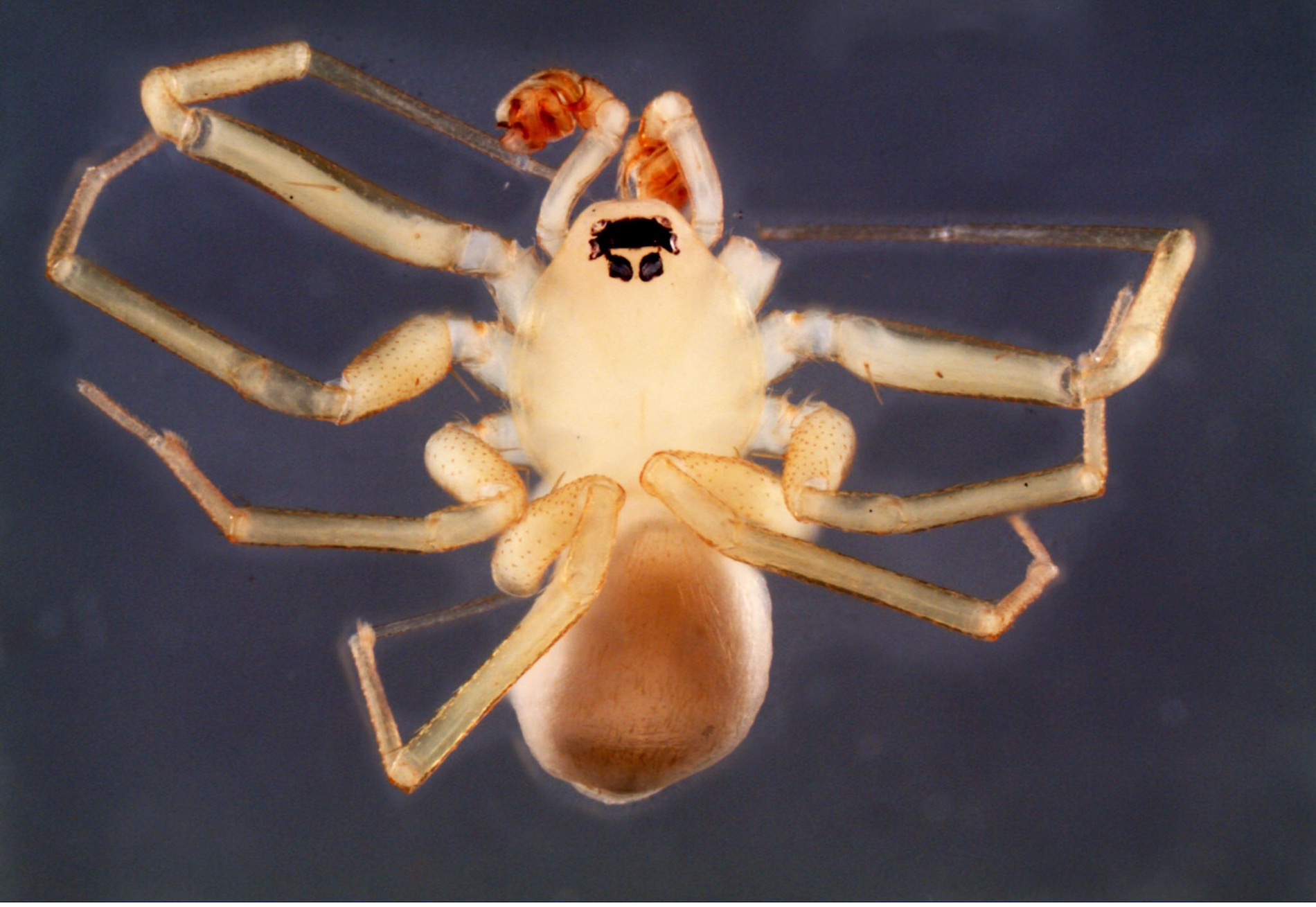
In 1999, at the Dalquest Desert Research Station in the Chihuahuan Desert near Big Bend, Texas, Greg Broussard had his first encounter with a then-unknown species of spider. At the time, Greg was working on his graduate degree with Norman Horner, then a professor at Midwestern State University. Norman had been studying spiders for his entire career, yet he could not identify this mysterious spider.
Over the years, Norman sent specimens of this mystery spider to various arachnologists throughout the country and world, including me. These minuscule arachnids were a puzzle to every expert consulted. It wasn't until 2019, two decades later, that the pieces started falling into place. Alongside Norman Horner and other colleagues, we concluded that this spider was not just a new species but representative of an entirely new family. We named it Myrmecicultor chihuahuensis, and placed it in a new family: Myrmecicultoridae.

Canyons in the Chihuahuan Desert where Myrmecicultor chihuahuensis spiders and their host ants, Novomessor albisetosus are found. (Photo/ Rick Wicker)
By this time, Norman had determined that M. chihuahuensis was only collected from pitfall traps near nests of the ant species Novomessor albisetosus. We hypothesized that the spider must have some sort of symbiotic relationship to the ants. This hypothesis was supported by our colleague David Lightfoot's observations of the spiders amid ants on the surface of an ants’ nest in Mexico's Chihuahuan Desert.
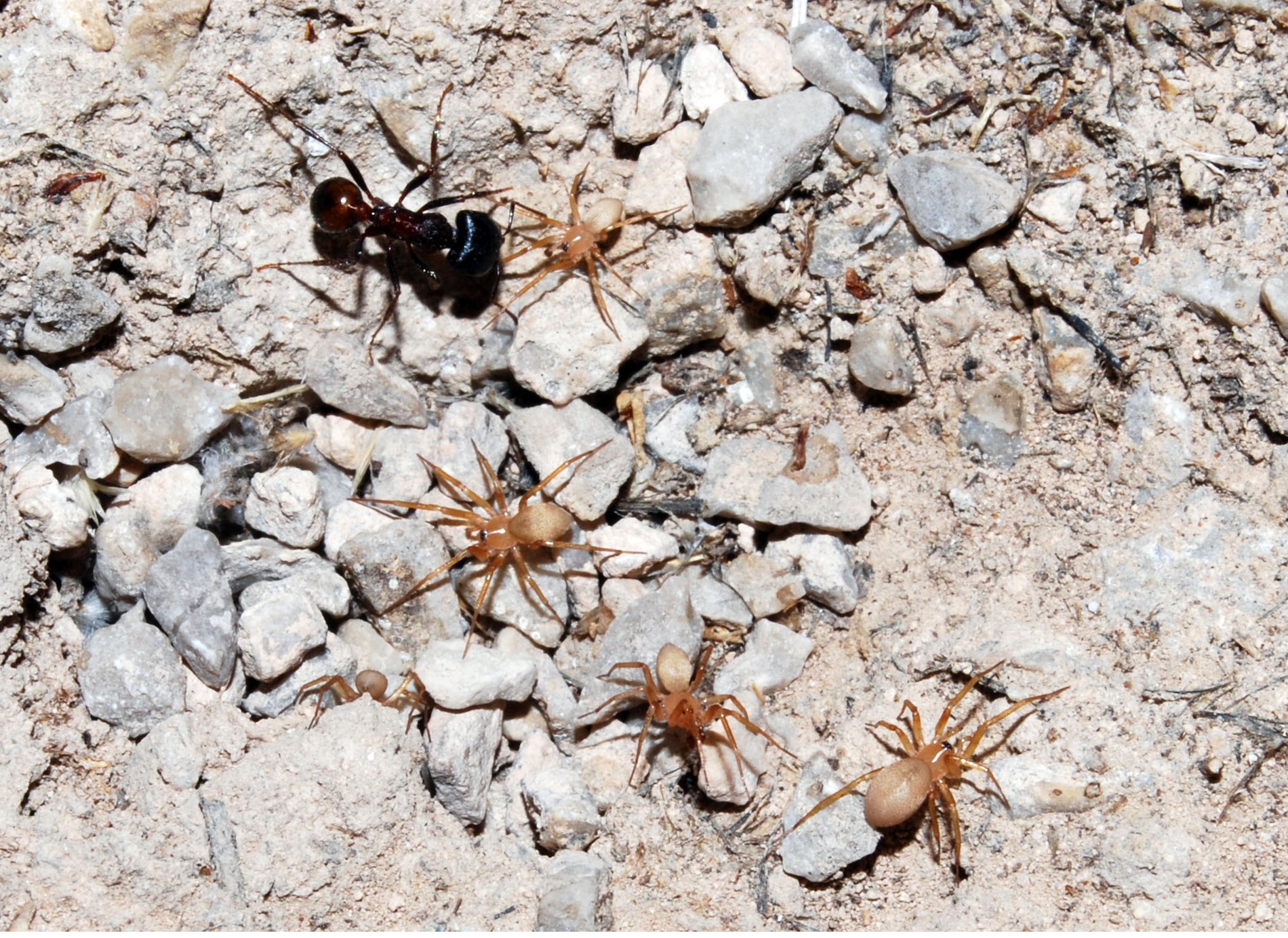
Spiders moving on the surface of an ant nest in the Chihuahuan Desert of Mexico. (Photo/ David Lightfoot)
In October 2020, Norman Horner and I journeyed back to the Chihuahuan Desert. Our objective was to capture live spiders, introduce them to potential host ants in a lab setting and observe their interaction. We hypothesized that if the spiders resided within the ant colonies, they might mimic the ants’ scent. This would mean having similar chemical cuticular hydrocarbon profiles, a common trait among “myrmecophiles” — arthropods that live inside ant colonies with the ants. This ability to absorb the host colony odors evolved as a mechanism for avoiding detection by the aggressive hosts.
We further hypothesized that the spiders might have acquired these chemical signals through close physical interactions with the ants. Other species of spiders that live as symbionts inside ant colonies feed on other small symbiotic soil arthropods called springtails. By living inside the colonies, these myrmecophilic spiders gain protection from their own predators since host ants will protect their colonies against invasion by non-colony members. These myrmecophiles, particularly those living in extreme habitats like deserts, also gain the advantage of a stable microclimate underground and are surrounded by food in the form of other symbiotic arthropods, such as springtails.
During our pandemic-timed trip, Norman and I did manage to collect two live female spiders in dry pitfall traps. We brought these two spiders to the lab along with live ants from the same colony. With the help of a colleague, Adrian Brückner from the California Institute of Technology, we compared the scents of the ants and the spiders and found a great deal of overlap – suggesting that the spiders were able to absorb host colony odors to avoid being perceived as intruders by the host ants.
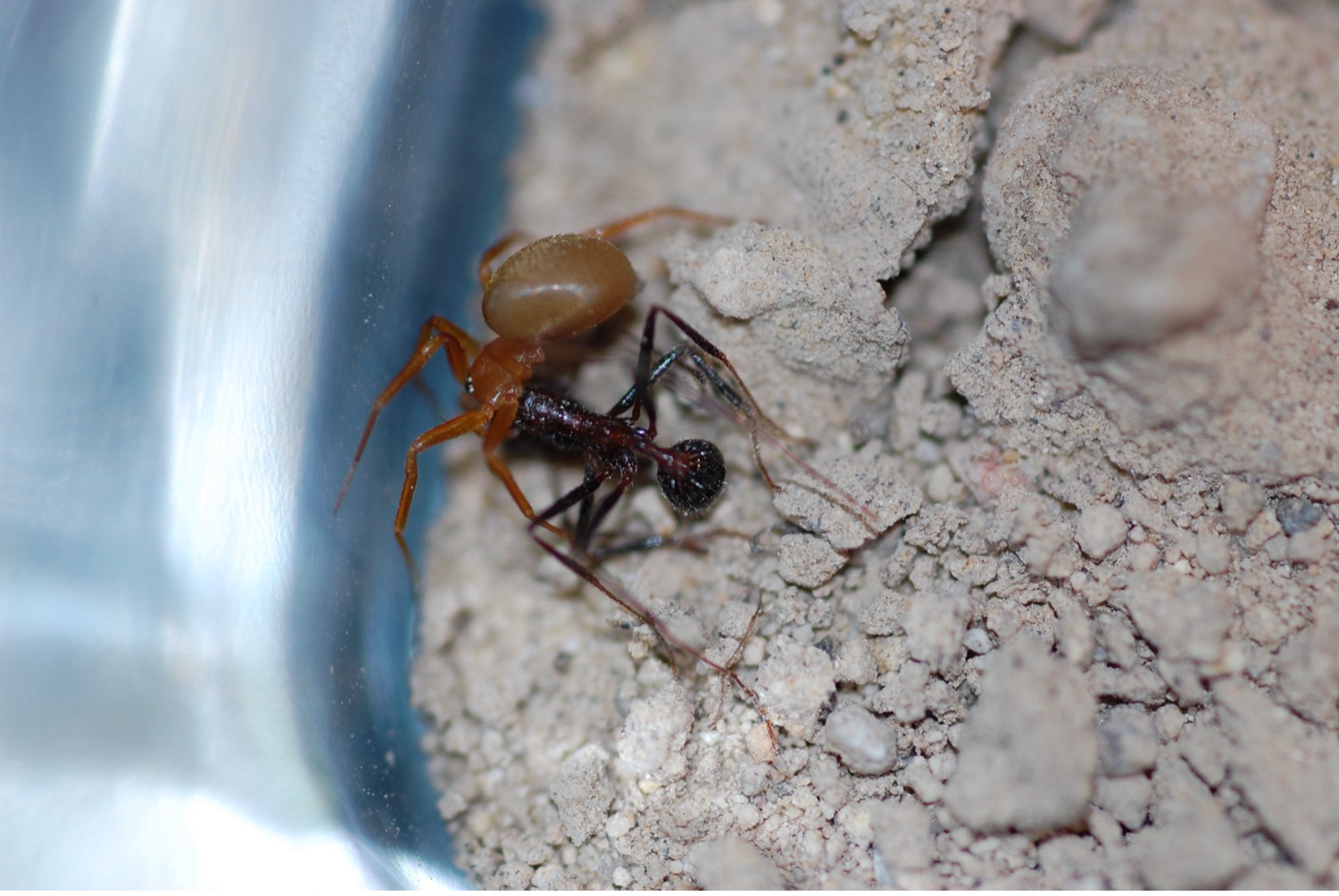
Spider carrying an ant away to feed upon it. (Photo/ P.E. Cushing)
To our surprise, however, we found that when we introduced living ants to the enclosure with the two spiders, the spiders promptly slaughtered every one of the live ants! These little spiders, half the size of the ants, approach the living insect from behind, rush up and bite a rear leg, retreat and allow the venom to take effect.
Once the ant is immobilized by the venom, the spider re-approaches, bites it behind the head and carries it away for feeding. If a live ant approaches the spider carrying a dead ant, the spider promptly twists its body around and uses its dead prey as a shield. Presumably, this behavior prevents the living ant from discovering the spider behind this mayhem.
Our research took another leap forward with the assistance of Denver Museum of Nature & Science photographer Rick Wicker. Over the past two seasons, we have aimed to capture definitive evidence of the spiders living within the ant colonies. Rick set up two cameras over the nest entrances of the ant colony so that we could take photos of the activity around the entrances every 15 seconds during the height of activity in the evenings.
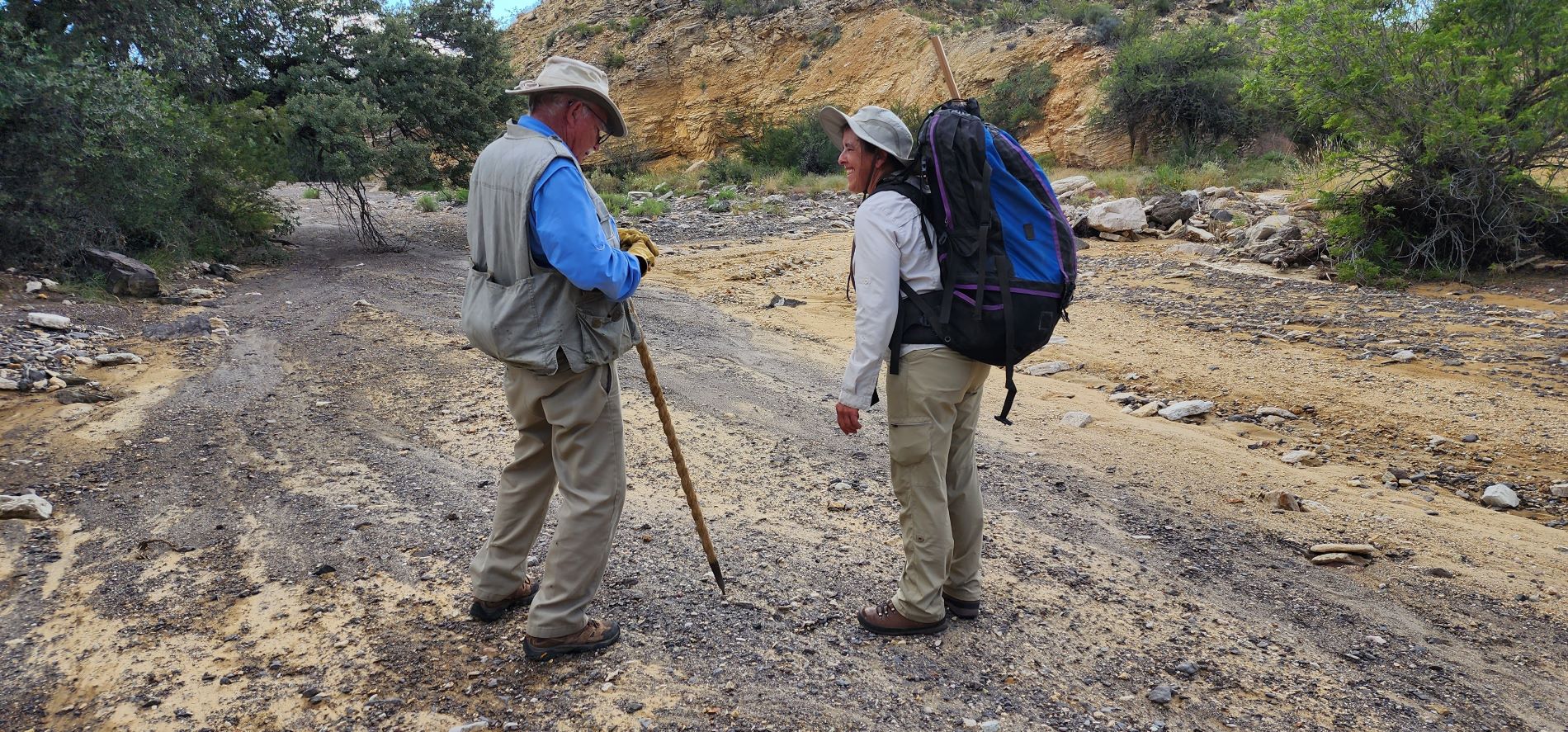
Norman Horner and Paula Cushing in the Chihuahuan Desert. (Photo/ Rick Wicker)
We did not manage to capture a photo of a spider either leaving or entering the nests, but we did photograph spiders active very close to the entrances and even photographed a wild spider dragging a dead ant away. While we do not have conclusive findings on the exact relationship between the tiny, vicious spiders and the ant colonies they are associated with, we are still opening a window into the complex interplay of life in the harsh Chihuahuan Desert. As we continue to unravel the mysteries of these remarkable spiders, we remain humbled and driven by the endless wonders of the natural world. After more than two decades, we can still say that our research on these fascinating spiders is still just beginning.
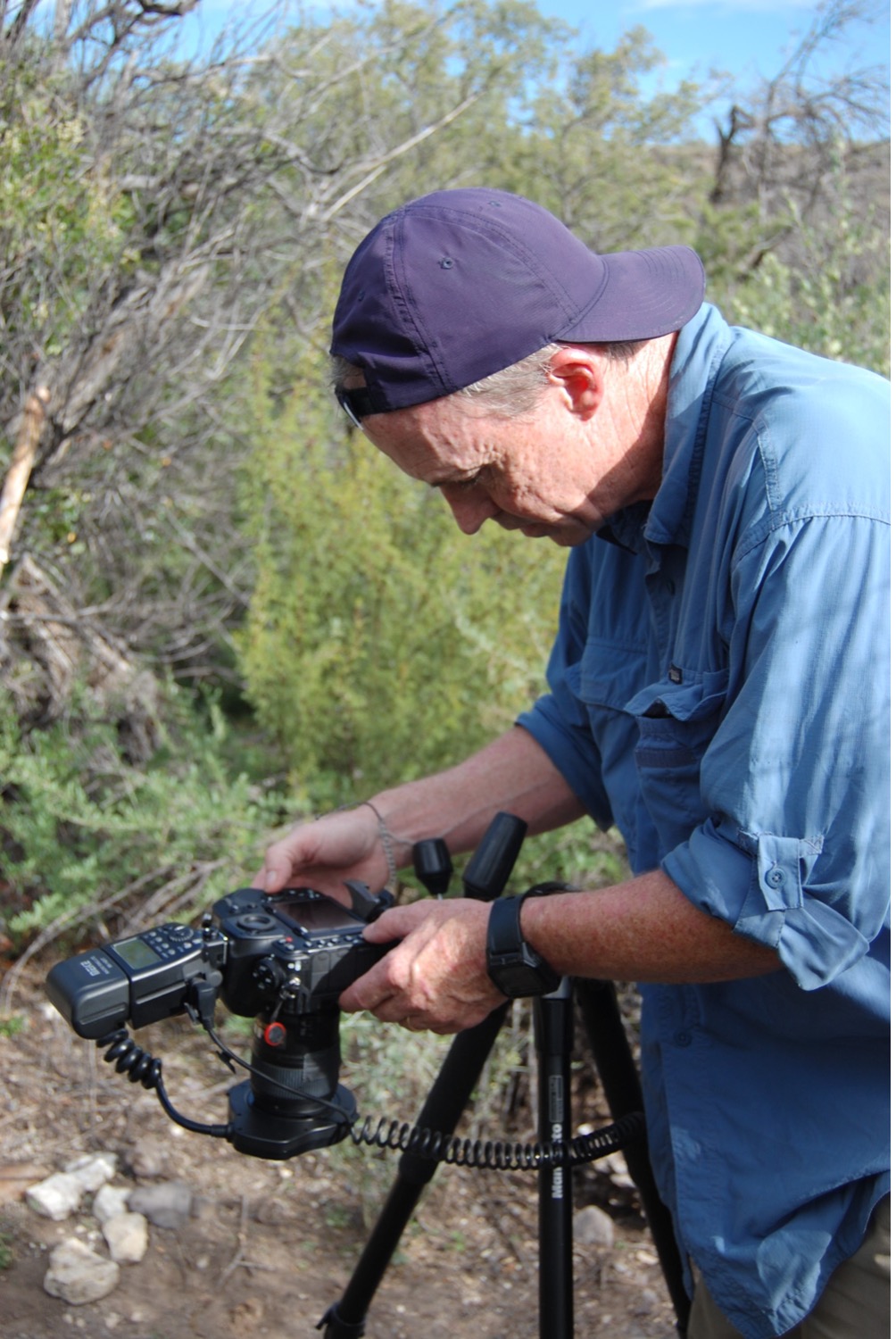
Museum photographer, Rick Wicker, setting up his cameras over an ant nest. (Photo/ P.E. Cushing)
This browser is no longer supported.
We have detected you are using a less secure browser - Internet Explorer.
Please download or use Google Chrome, Firefox or if using Windows 10, you may also use Microsoft's Edge browser.